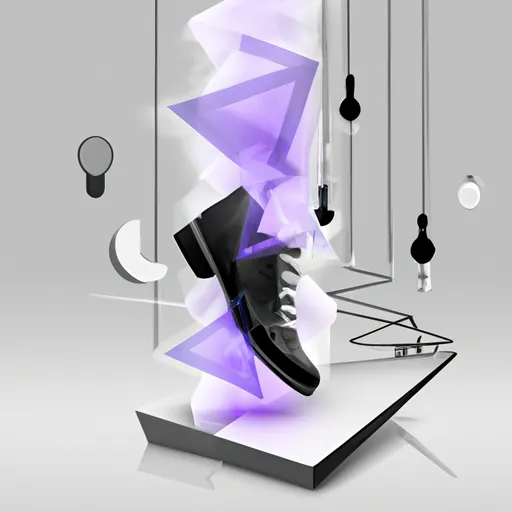
The evolution of web design is the process of constant change and development of the style and technologies used in creating websites. Like most other art forms, web design has undergone numerous changes throughout its history.
From the very beginning of the Internet, web designers faced limitations in the technologies and capabilities of creating websites. However, over time and with the development of technologies, new tools and approaches emerged that allowed designers to create more interactive and functional websites.
One of the key changes in web design was the emergence of Cascading Style Sheets, or CSS. Previously, web designers used tables to create website layouts, which made it difficult to change the appearance of the site and add new elements. CSS allowed the separation of the site's structure and design, significantly simplifying the process of creating and modifying the design of a website.
One of the key aspects of the evolution of web design is the increased focus on the user and their needs. Previously, websites were centered around information about a company or organization, leaving the user as a secondary consideration. Today, user experience has become a top priority in web development, and designers pay great attention to usability and site navigation.
With the advent of mobile devices and the development of responsive design, web design became even more functional and accessible to users. Responsive design allows websites to adapt to different devices, from smartphones to tablets and desktop computers. This has become particularly relevant with the increasing popularity of mobile devices and the fact that more and more users access the Internet through smartphones and tablets.
Modern websites have become increasingly interactive and animated. Previously, the use of animation on websites was limited due to the limited capabilities of web browsers. However, with the emergence of cutting-edge technologies such as HTML5 and CSS3, designers can easily add complex animations and interactivity to websites, making them more appealing and interesting to users.
Another aspect of the evolution of web design is the importance of visual content. Previously, websites were mainly verbal, with a lot of text and few images. However, today, visual content has become increasingly important and plays a key role in creating an attractive and easy-to-understand website.
With the growth of social media and mobile devices, the number of websites is rapidly increasing, and competition among them is becoming fiercer. Therefore, web designers have to strive for originality and creativity in creating a unique web design that sets their site apart from the multitude of others.
Web design is a constantly changing and evolving industry, and designers must be ready to keep up with these changes and updates. New technologies and tools help web designers create increasingly creative and functional websites, and user experience becomes increasingly important.
Thus, the evolution of web design is an ongoing process that will continue for a long time. Web designers must adapt to new technologies and trends in order to create modern and innovative websites that meet the needs of users. Websites are becoming more interactive and visual, and web designers play a key role in this process, combining art and functionality in the virtual space.


